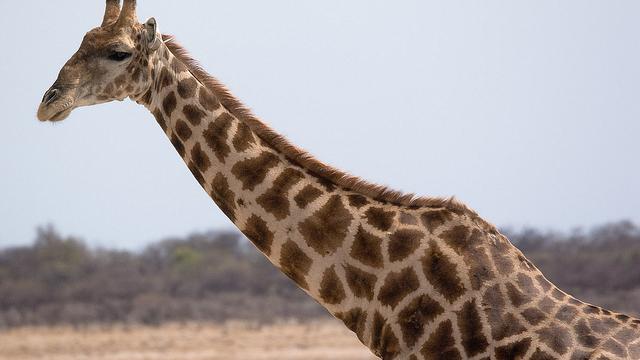Sexual selection doesn’t necessarily just shape sexual anatomy — it can have as profound an effect on the rest of an animal’s body as natural selection does. In both cases, the end result is more babies for animals that look or act a particular way.
That’s why my evolutionary anatomist’s heart loves David Barash’s article about giraffe evolution in last week’s Nautilus, which outlines the many weird anatomical kludges that accumulate when a mammal evolves a neck nearly 2m long. Barash acknowledges the classic idea that the giraffe neck was the result of competition for food at the tops of trees, but highlights the newer, somewhat controversial hypothesis that female choice may have shaped them as well.
From the article:
It turns out that male giraffes are less cuddly and more ornery than they appear. During the rut, they go at each other, using their heavy, bony heads at the end of their long flexible necks roughly like a medieval ball-and-chain weapon, or flail. And the longer the neck, the more force behind each blow. The prospect — colorfully known as the “necks for sex” hypothesis — arises that long necks were positively selected because they contributed to success in male-male competition.
For decades, giraffes have been a poster child for Darwin’s ideas about natural selection. I love that they may also be an example of Darwin’s other great idea.
Read the rest at Nautilus.
Picture: Greg Willis via Flickr
